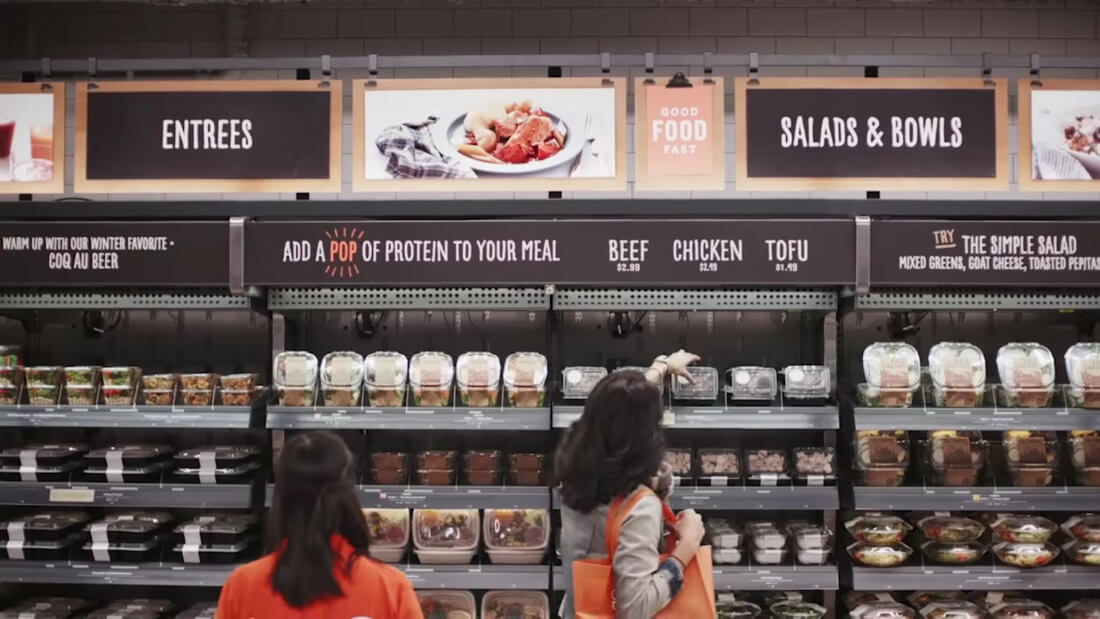The big picture: Following reports earlier this year that Amazon is planning to open six more Go stores in 2018, it appears as if its cashier-less experiment is proving a success. But the company could soon have some competition in the market, thanks to Microsoft.
Reuters reports that the Windows maker is developing a system similar to Amazon's that tracks what shoppers add to their carts as they walk around a store. The company has reportedly shown the technology to retailers around the world and has had talks with Walmart about a potential collaboration.
Amazon finally opened its first automated Go store in Seattle last January, following a lengthy beta phase during which time it was only open to select Amazon employees. The "Just Walk Out Technology" uses a combination of cameras, machine learning, computer vision, deep learning algorithms and sensor fusion to determine when customers pick up an item and place it in their basket. It even knows if something is returned to the shelf, should they change their mind. Once shoppers leave the premises, the total cost is automatically charged to their associated Amazon account.
One obstacle Microsoft needs to overcome is making its technology cheap enough for retailers to consider it worth the investment. While we don't know any precise detials, it's possible that the system will incorporate the firm's Project Kinect for Azure sensors.
The company already showcases the basics for automated checkout at its Retail Experience Center in Redmond.
Reuters adds that Microsoft's team, which includes a computer vision specialist hired from Amazon Go, have experimented with attaching cameras to carts to track items, and studied how smartphones can be used as part of the shopping experience.
As is the case with many new technologies, there are concerns over what the introduction of cashier-less stores will mean for employees. Amazon still hires staff in its Go stores for stacking shelves, making prepared items, and security, but if Walmart ever does introduce Microsoft's version, it will likely affect some of its 1.5 million US workers.
